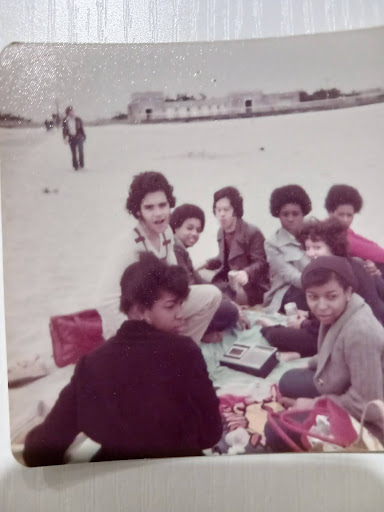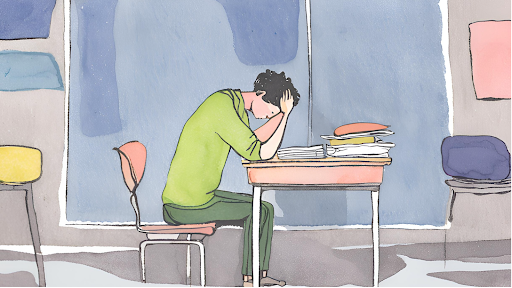Despite being a STEM-focused school, Brooklyn Tech has a responsibility to provide at least some art electives for students. These courses are an essential element of a well-rounded education, and offer a necessary balance helping students reduce stress and express themselves creatively. By providing a larger selection of art electives, the school would be supporting both the academic growth and emotional well-being of its students.
In a poll conducted by The Survey, 73% of students agreed that Tech should offer more art classes. Mr. Gustave Trombetta, the Assistant Principal of Visual and Performing Arts, said that art classes “create a more balanced and well-rounded student,” and “offer students opportunities to decompress from what can be a very stressful and overwhelming course load.”
Art has scientifically proven benefits for students. Creative arts increase serotonin, and several studies have shown that arts can enhance performance in other academic areas as well.
In a school centered around math and sciences, Chemistry major Alisa Gordon (‘26), believes “it’s easy to lose touch of the arts.” Many students agree with the sentiment that additional art classes could enrich their educational experience. “Art is so crucial and often undermined when discussing its relevance in education,” added Gordon.
Aside from Design and Drafting for Production (DDP), the class that fulfills Tech’s mandatory art credit, the only available visual art elective students is AP Studio Art, which is only open to seniors and requires a significant amount of skill and experience that pose a considerable challenge for beginners.
In addition, DDP is grounded in Tech’s STEM tradition and lacks any meaningful artistic focus.
The school website describes it as a class in which students are required to “apply math, science, and technology knowledge learned in other courses to solve engineering design problems.”
“DDP is more of an engineering class rather than an art class,” said Gordon.
Electrical Engineering major, Emily Yang (‘26) described DDP as being “unorganized and really restrictive.” Yang was not the only student to question DDP’s value as a class. Mechatronics and Robotics major Simone Sevita (‘26) suggested that Tech should “let students choose where they’re getting their art credit…a lot of students who are interested in art[s] find DDP to be pointless as an art class.”
When asked why Tech programs DDP as the mandatory art credit for students, Mr. Trombetta explained that the class started out as part of the Career and Technical Education (CTE) sequence that all students were required to take at the time. This sequence then continues with AP Computer Science Principles in sophomore year, and can be taken further if students choose to pursue a CTE-endorsed major.
“Since a large portion of DDP focuses on design and technical drawing it was decided at that time that DDP would also count as art credit for students,” said Trombetta.
Of Tech’s 18 majors, one is centered around the visual arts: Media. In the Media major, students participate in classes such as Studio Art, Adobe Visual Design, AP 2D Art and Design, and more. However, selecting a major is a big commitment, and many students who would like to take an art class do not want to commit to an entire art-based major that will determine their academic focus for the next two years.
“Students who aren’t in [Media] might also want to take art courses,” added Sevita. “And it would be beneficial to have a diverse choice of art classes.”
According to Mr. Trombetta, if Tech were to add another art elective for students it would be Studio Art, which is a beginner course that teaches the fundamentals in a wide variety of mediums. While Trombetta conceded that the process of adding a new art elective might be “fairly simple,” he cautioned that “the implementation would be difficult,” largely because many Tech students “don’t often have room in their programs for an art elective.”
Even those who do not agree that art classes should be part of a comprehensive education do agree that they could benefit students. “I think education can be well-rounded even without art courses, but having art courses can definitely enrich the learning experience,” said Yang.
“There is just no denying the benefits and empirical evidence associated with student exposure to art,” said Mr. Trombetta. Across Tech, students who are interested in both humanities and STEM can agree that the school could benefit from additional art classes, and by providing them, Tech would be fostering a more creative and productive environment for students.








































